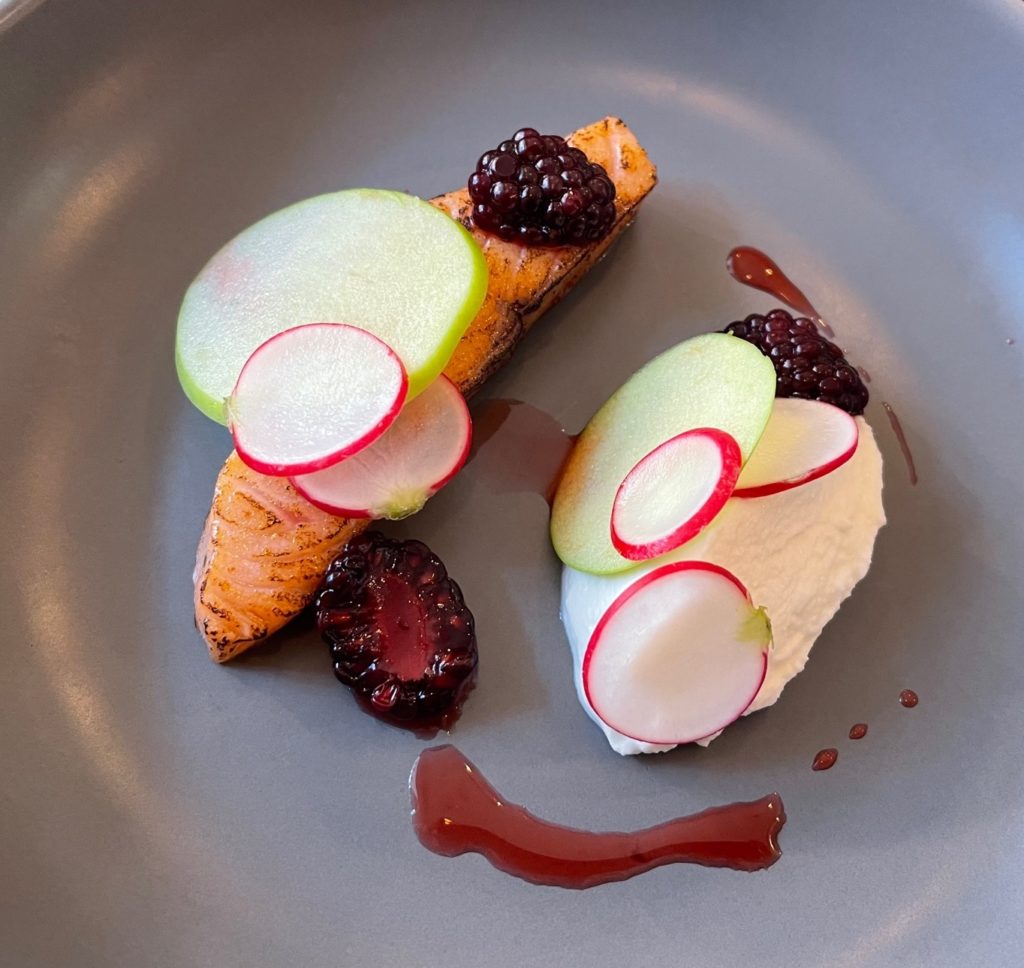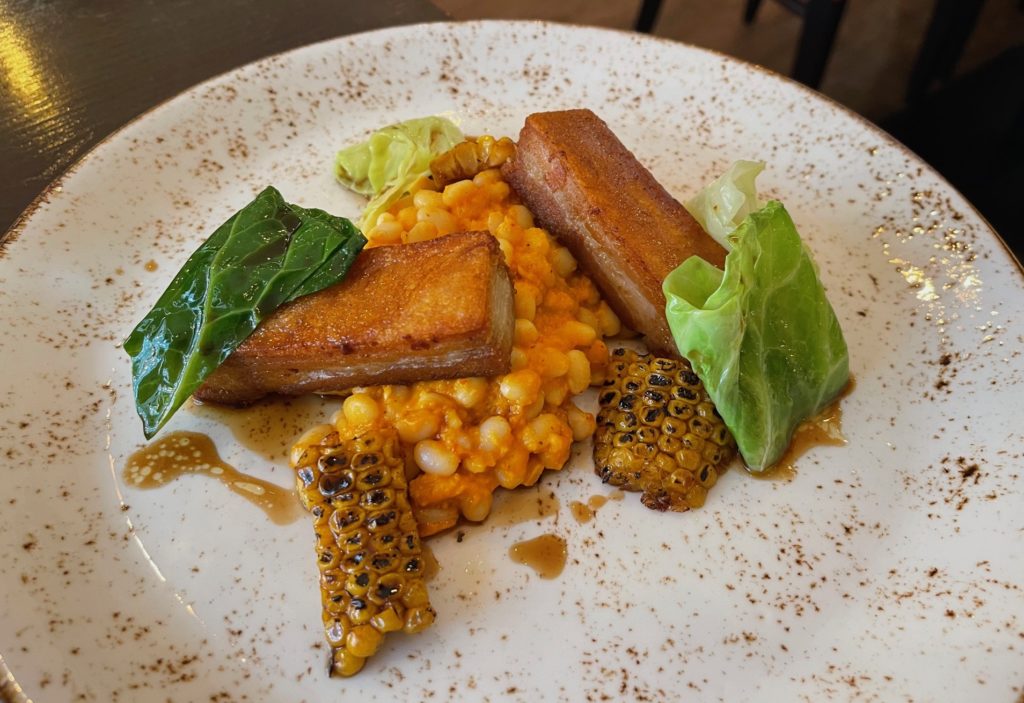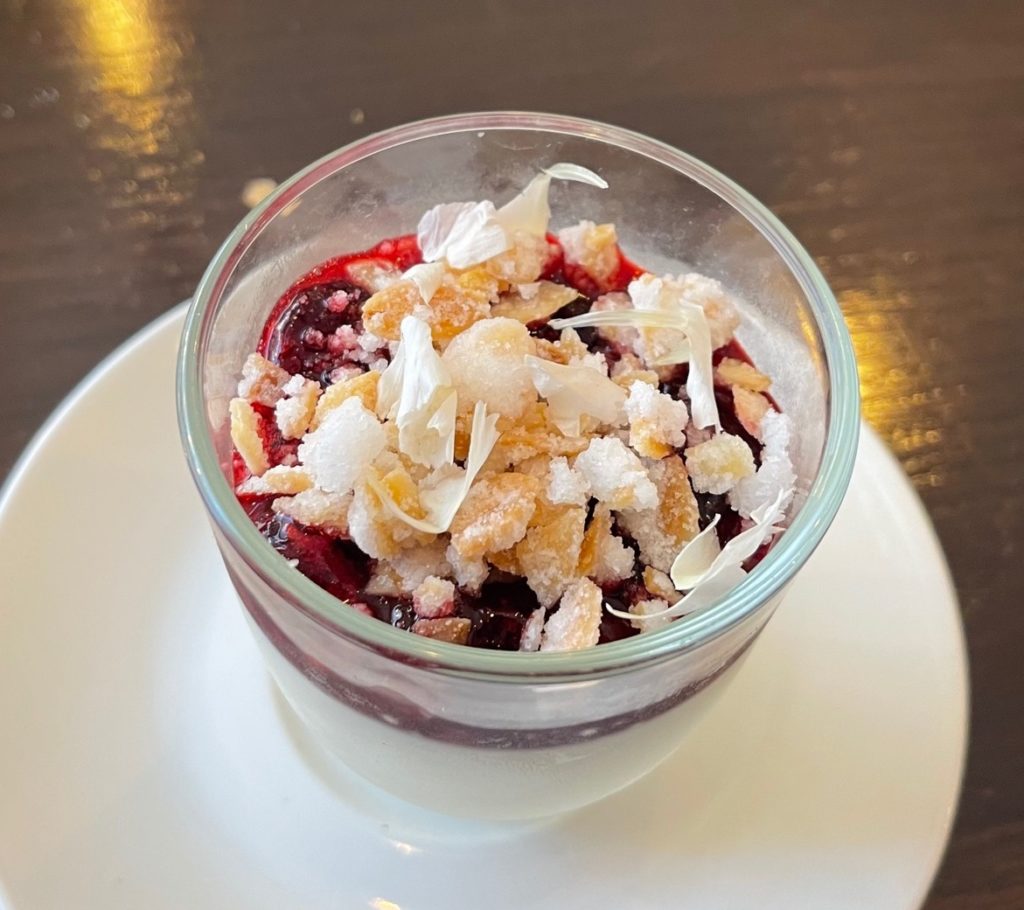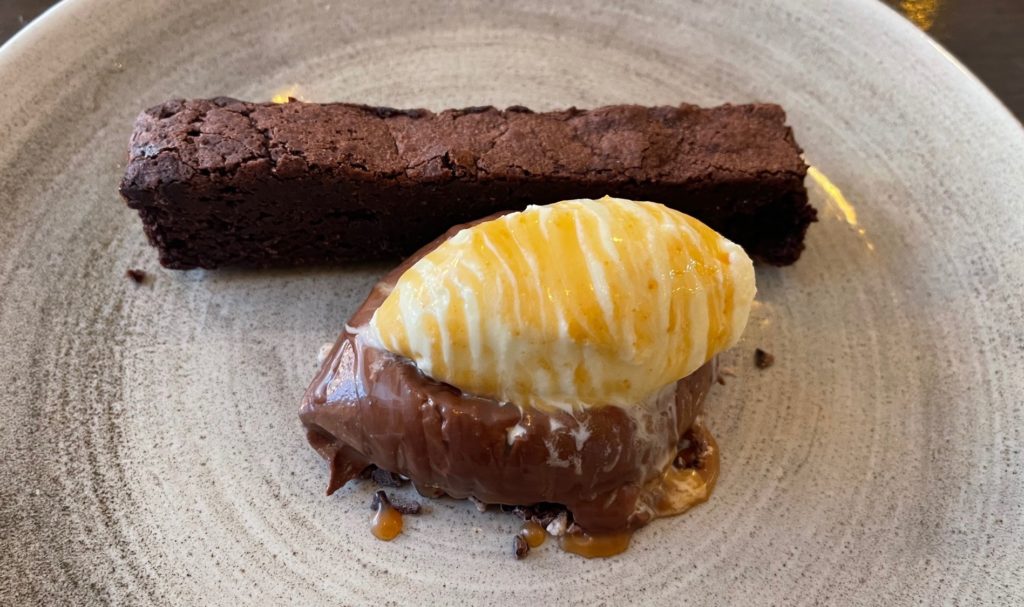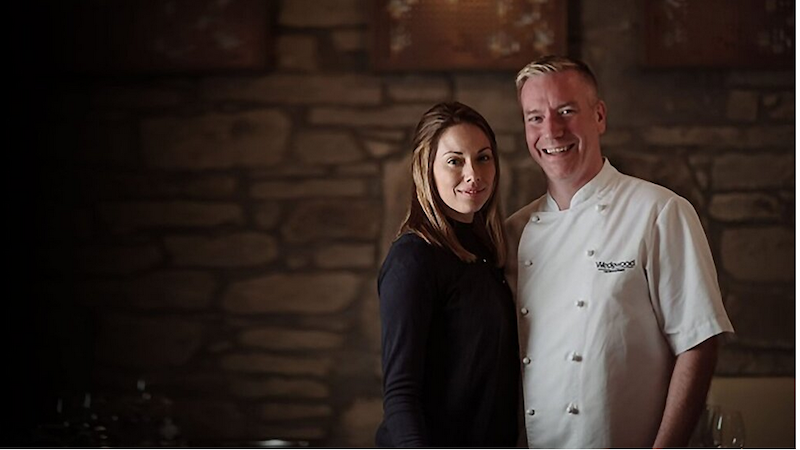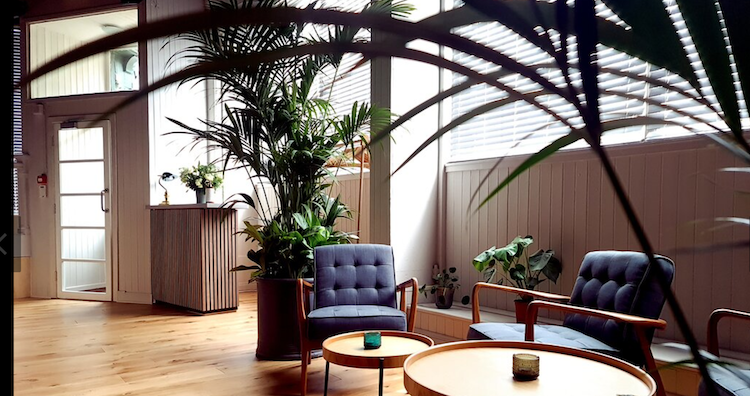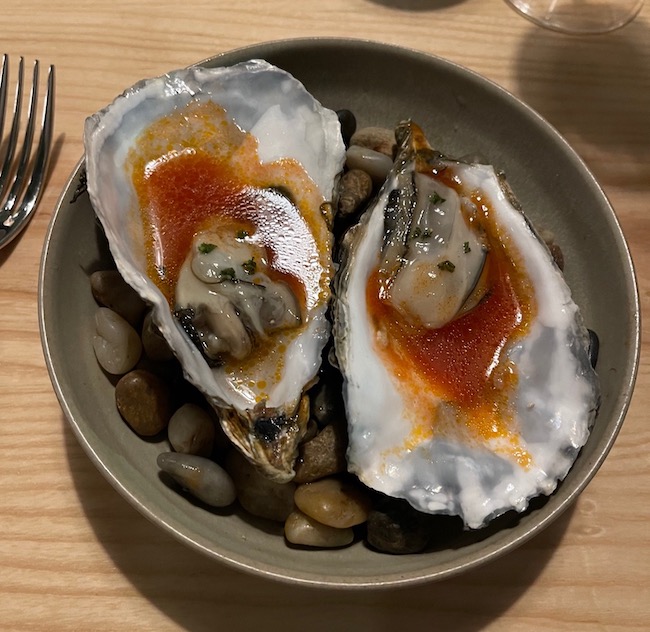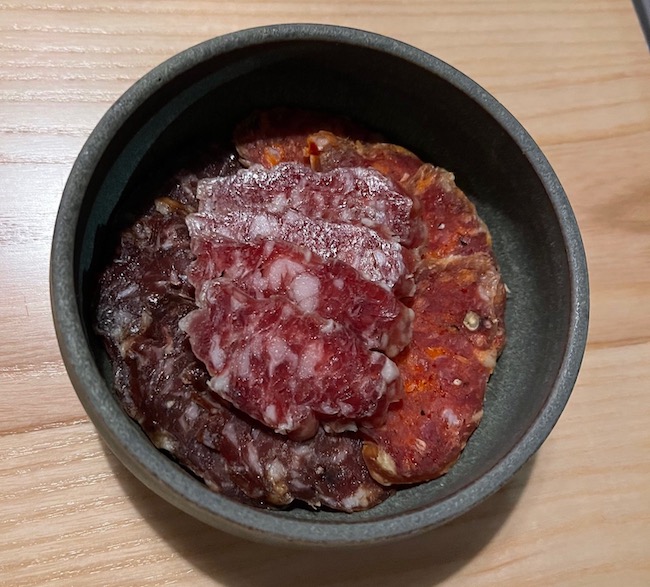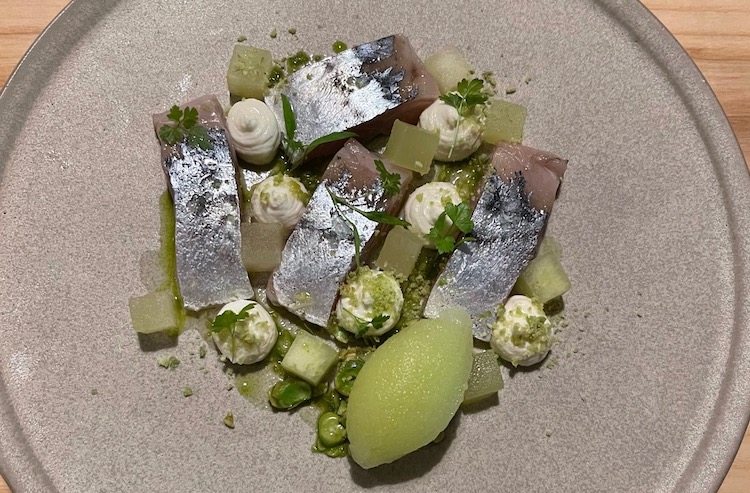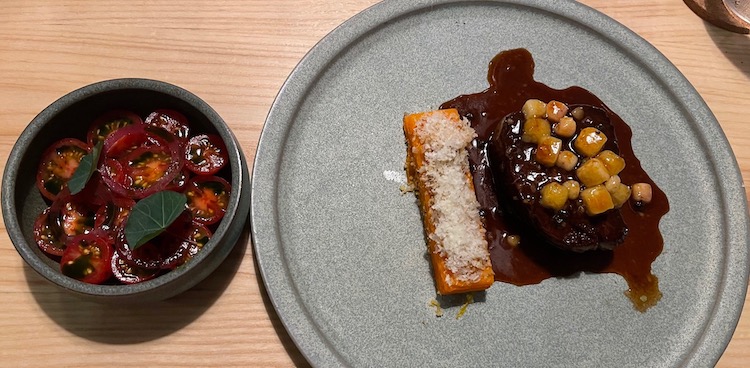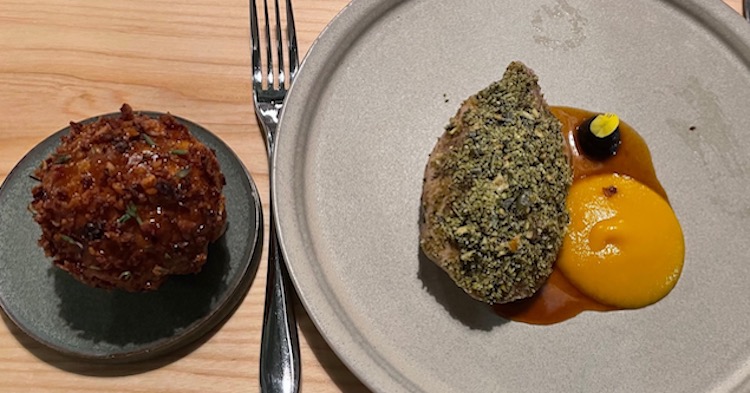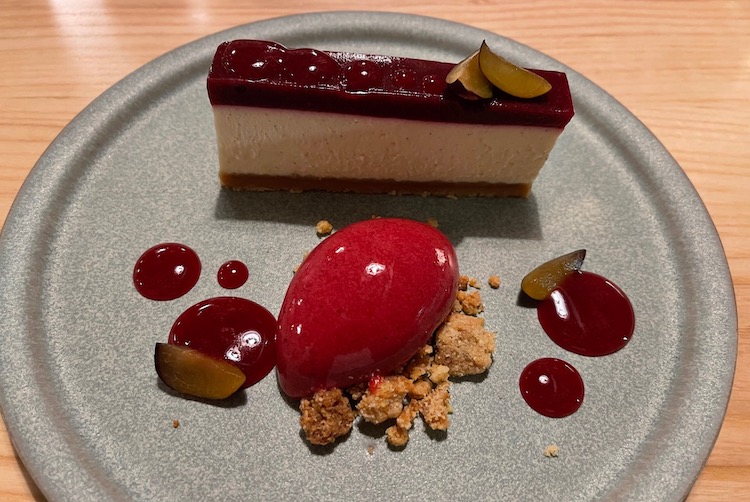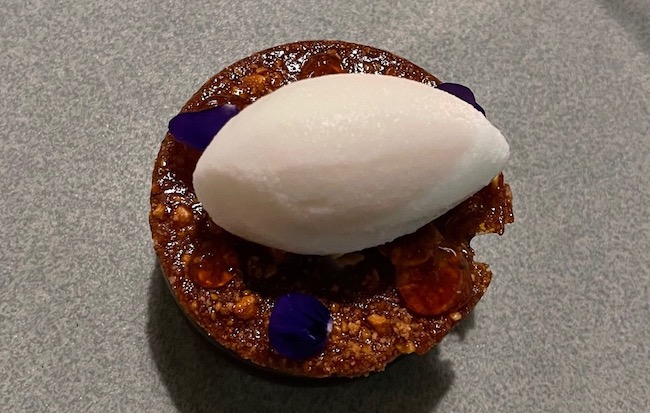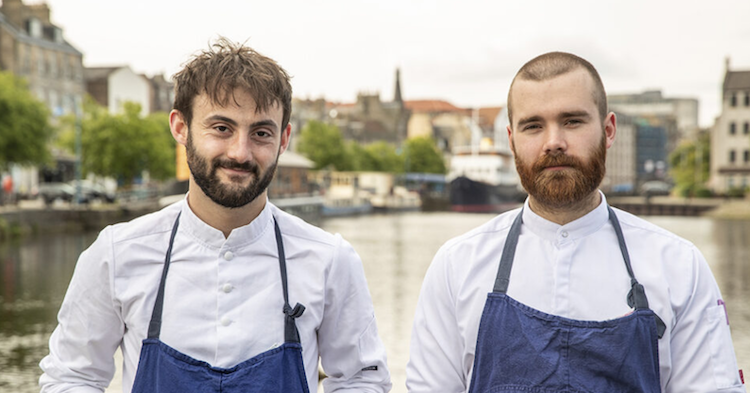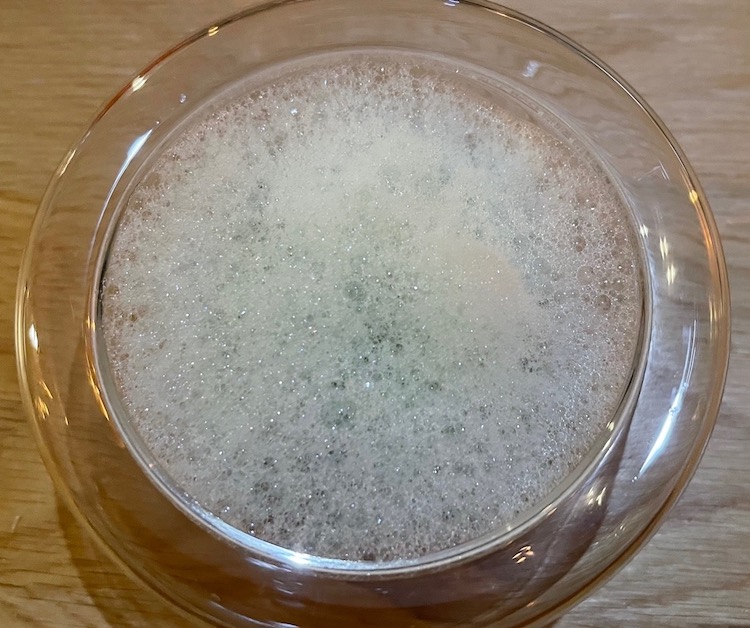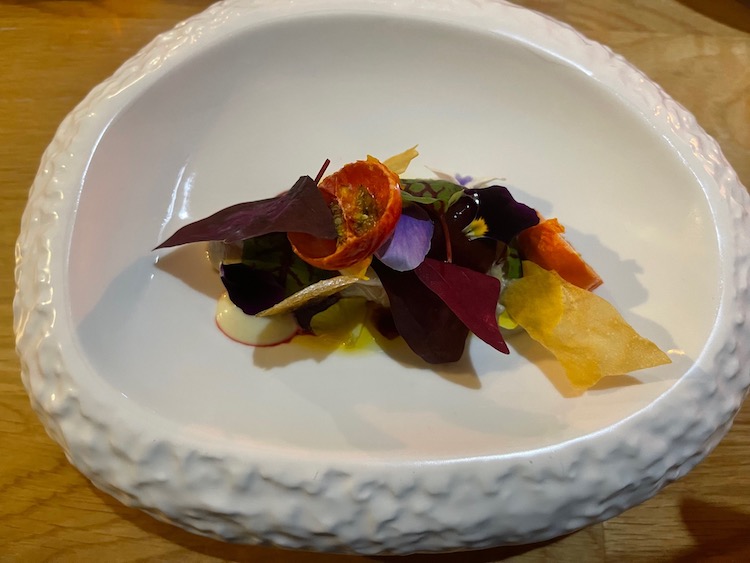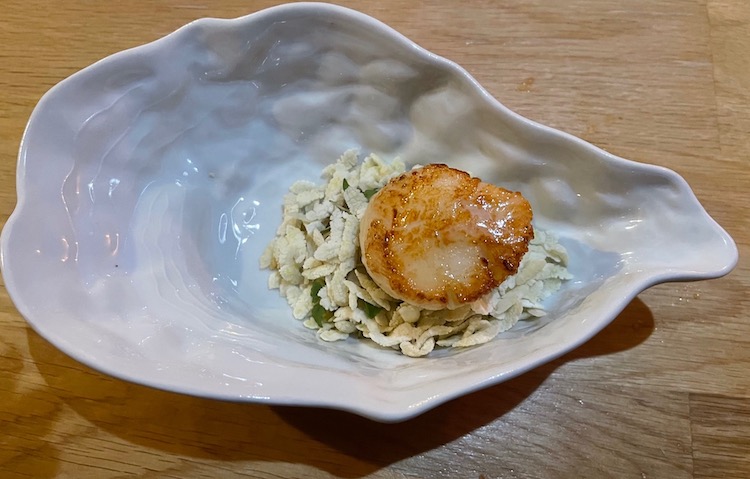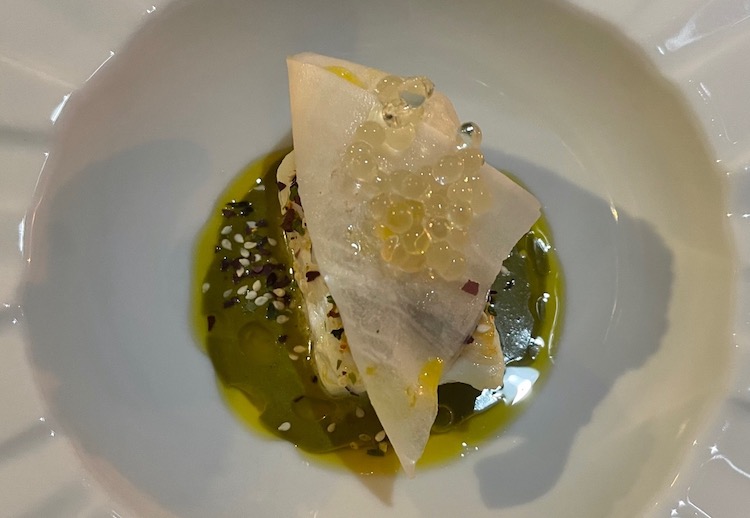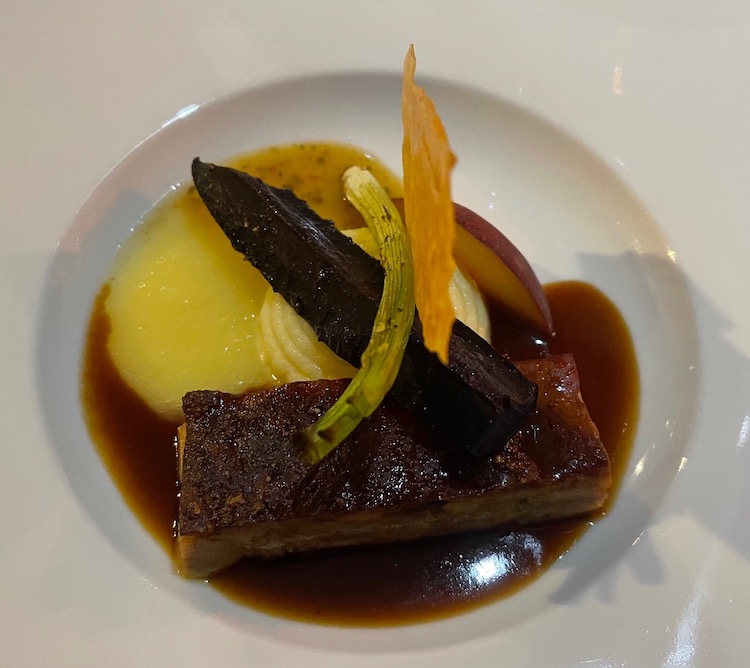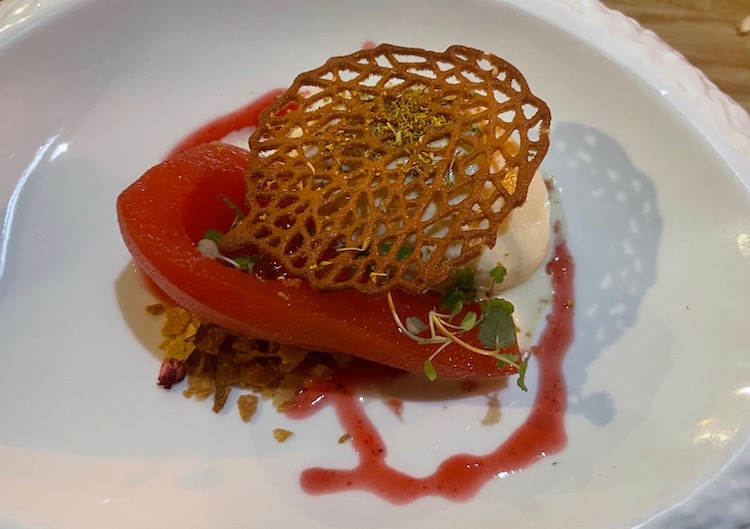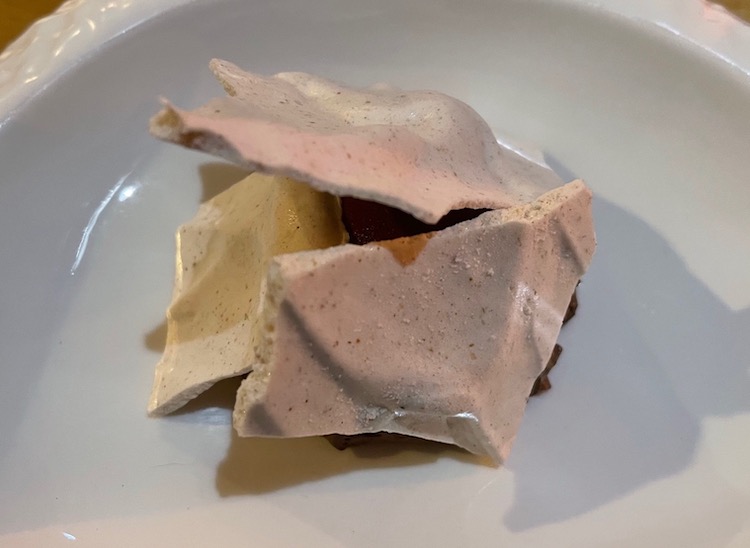Elegant, sophisticated and beautiful is how one might describe Bath’s South Parade. The Elder Restaurant, housed in Hotel Indigo, forms a distinguished part of this range of newly restored Georgian townhouses.
The same epithets could justifiably be applied to the cooking of Gavin Edney, Group Head Chef of the Elder and its sister restaurants, The Woodsman in Stratford Upon Avon and The Forge in Chester. Inspired to open this new restaurant in Bath, Mike Robinson, restaurateur and a leading authority on wild food and game has collaborated with Gavin to produce an appealing repertoire of dishes that adhere to the group’s “Field to Plate” philosophy, with its emphasis on ethical sustainability, wild food, seasonality and locality.
Knowledge of provenance and good relations are essential prerequisites for engaging high-quality producers of meat, fish, game and wild food. As Robinson says, “We know the farmers, the foragers and the fishermen. Our own Huntsman manages wild deer over large estates.” These ingredients are transformed with great skill and care into the select menu of The Elder.
The main carte features four starters, five mains, four puddings and a cheese option. Prices are realistic given the excellent quality of the ingredients – the provenance of which is acknowledged on the menu – and the skill and creativity of the cooking.
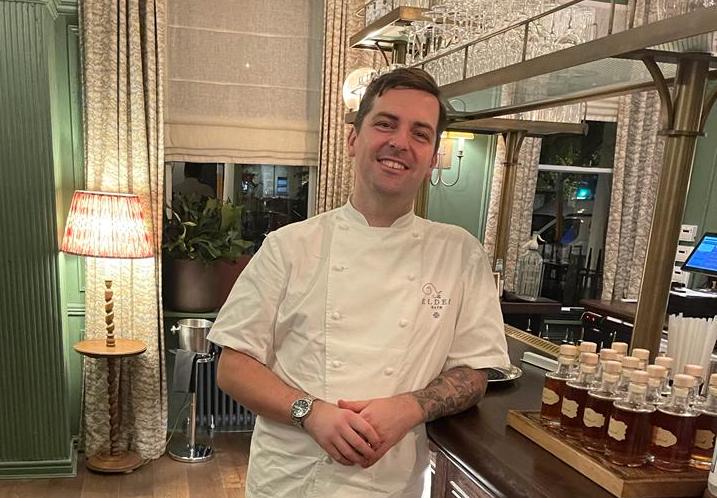
With a CV that includes experience at Gordon Ramsay at Claridge’s, the Galvin Restaurants and most recently head chef at André Garrett at Cliveden, Taplow, Gavin’s reputation as a master in the kitchen is beyond doubt. Meat, game and fish are precisely timed and rested to optimise flavour and texture. Combinations of seasonal ingredients are well-balanced, so the main element is never overwhelmed by the accompaniments. Saucing is a particular strength, enhancing the overall impact of the dish. The presentation is clean and portions are generous.
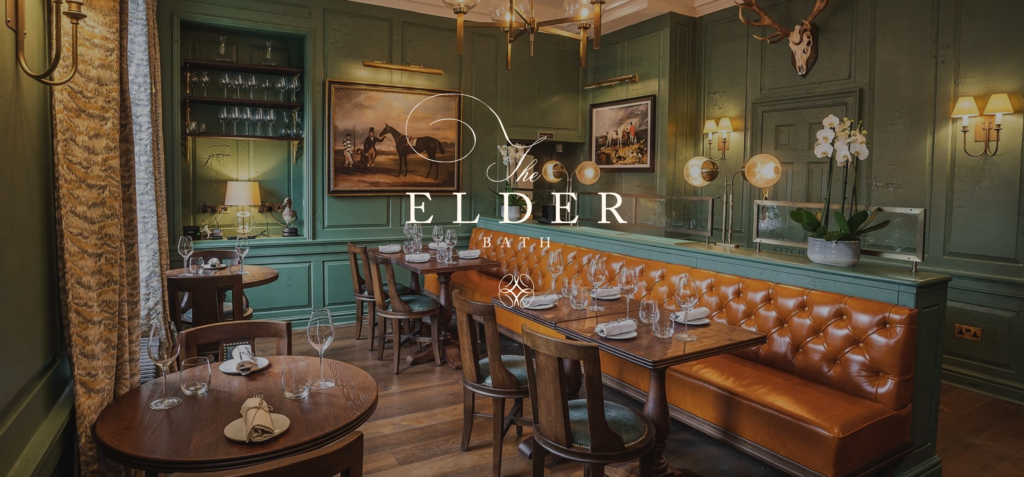
The venue where his food is enjoyed is a series of four rooms of different sizes and covers, with a maximum for 70 covers combined. The main dining room has 14 covers. The green panels, lined with paintings of horse racing and jockeys give the feel of a traditional gentleman’s club. Leather banquettes, metal candelabra, heavy drapes, wall lights and strip lighting enhance this feel. The wooden tables are undressed but well-spaced.
Fine Dining Guide visited on a weekday evening in October to sample the autumn menu.
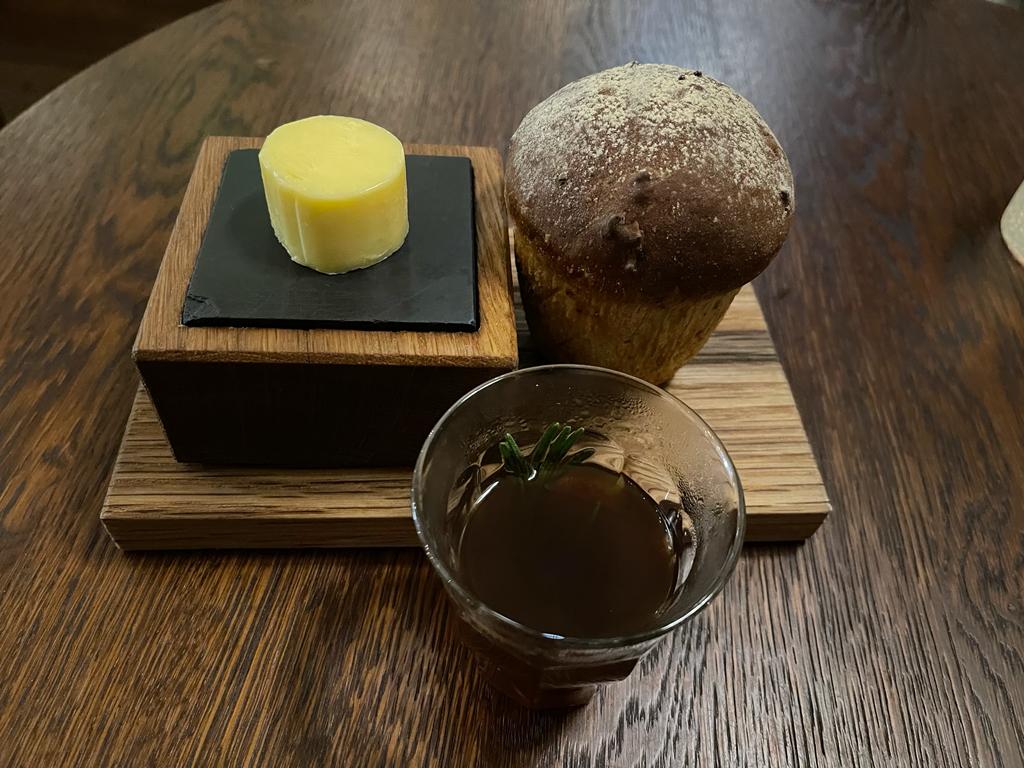
Homemade granary bread had a crisp crust with a nutty, rich taste and nobbly texture. It was served with Chew Valley butter from a Jersey cow. Accompanying this was a small glass of bullshot, made from beef and venison stock, black pepper and chilli, an unusual but warming opening to a cold evening’s dinner.

The first course featured a tartare of sea bream. The clean taste and delicate flavour of the dense, juicy white flesh was enhanced by the gentle acidity of tomatillo and moderated by the sweetness of the apple. Dashi gave the dish an umami lift and dots of taramasalata a creamy richness. Completed with squid ink and tapioca crisp, which balanced the softer elements, this was a brilliantly conceived and beautifully executed dish.
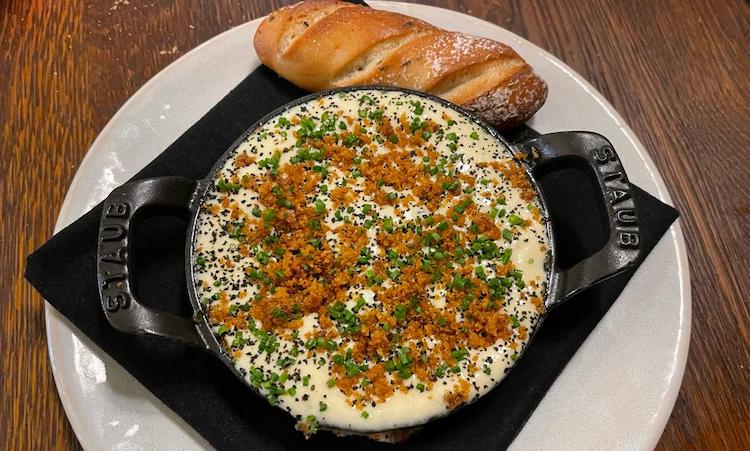
The following warm seafood dish combined classic and contemporary elements. Plump baked Fowey river mussels with a mild taste and tender chewiness were shrouded in a well-seasoned velouté. Topped with baked sourdough crumb, chives with their mild onion taste and nori dust which added a subtle sea flavoured umami touch, these contrasting ingredients balanced the creamy richness of the velouté. Accompanied by a Falmouth Bay seaweed baguette to mop up the juices, this was another highly satisfying dish.
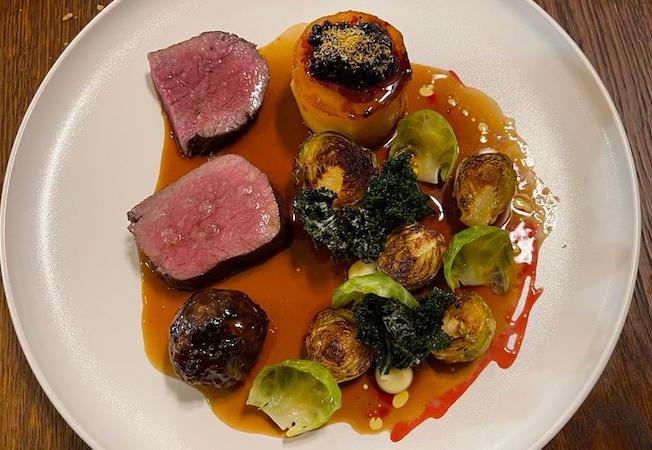
A main course of nose-to-tail fallow deer perfectly exemplified the restaurant’s commitment to sustainability, wild food, seasonality and its field to plate philosophy. Venison comes from the Bathurst estate, where the group‘s Huntsman oversees the ethical management of the deer before being processed in the group’s FSA regulated larder. Full justice to the animal was achieved by the accurate medium-rare timing of the haunch and loin which ensured their maximum flavour and meltingly soft texture.
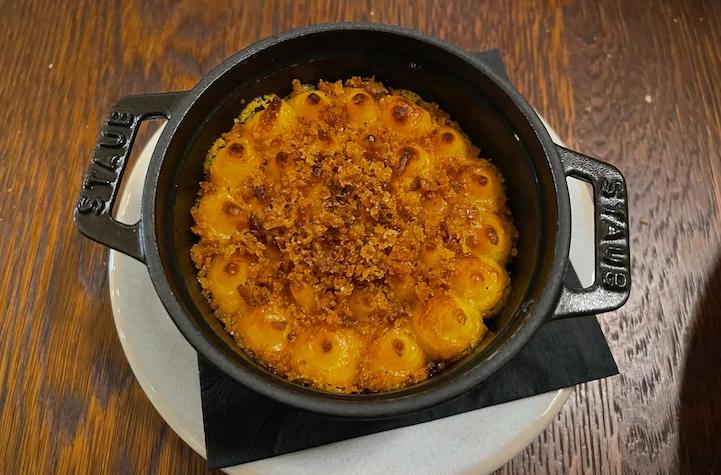
Heartier additions were afforded by a flavoursome faggot of the offal and offcuts and a tasty “Hunter’s pie” of venison mince topped with golden piped mashed potato. Charred Brussel sprouts gave a mild smokiness offset of the sweetness of parsnip stuffed with blackberry compote and fennel pollen, while everything was bought together by lip-smacking red wine sauce flavoured with juniper. The meticulous attention to detail, the clean presentation and the generous portions added to the success of this memorable dish. After the heights reached by the savoury courses, the anti-climax of desserts, so often a disappointment even in high-end restaurants, did not occur: the same refined skill, care and attention were evident throughout.
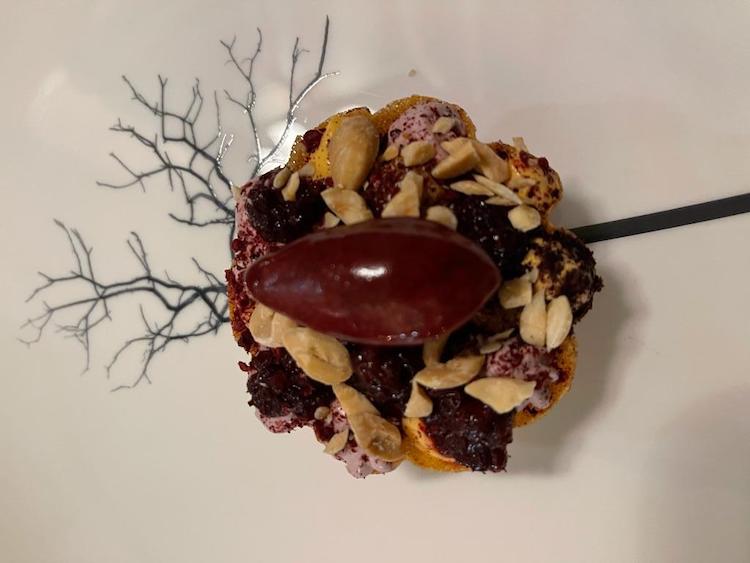
A blackberry tart of superfine, crisp pastry encased the poached fruit, salted crushed almonds and a vanilla cream topped with an intense quenelle of smooth blackberry sorbet. The combination of contrasting textures, flavours and temperatures demonstrated the consummate skill of the pastry section.
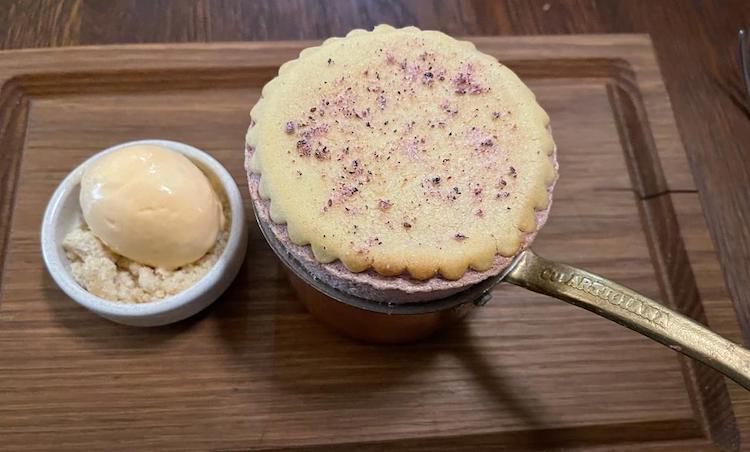
Equally accomplished was the warm wild damson soufflé. For this much-underrated autumn fruit with its sweet and sour taste, a souffle was a perfect vehicle to demonstrate its versatility. Soft and fluffy in the middle and well risen, it was topped, amazingly, with a disc of shortbread which did not cause it to deflate. Bay leaf ice cream, with its subtle, slightly floral flavour and silky texture, was a well-chosen accompaniment.
Mini doughnuts and good coffee completed an outstanding meal, one enhanced by the seamless, knowledgeable service of Christian who waited at my table.
Having opened after lockdown, with all the problems associated with suppliers, the restaurant is making progress in achieving consistency of product, so vital for success. Clearly, in Gavin Edney, it has a chef of distinction who will see it go from strength to strength. Fine Dining Guide hopes to return to The Elder and will follow its progress with interest.






